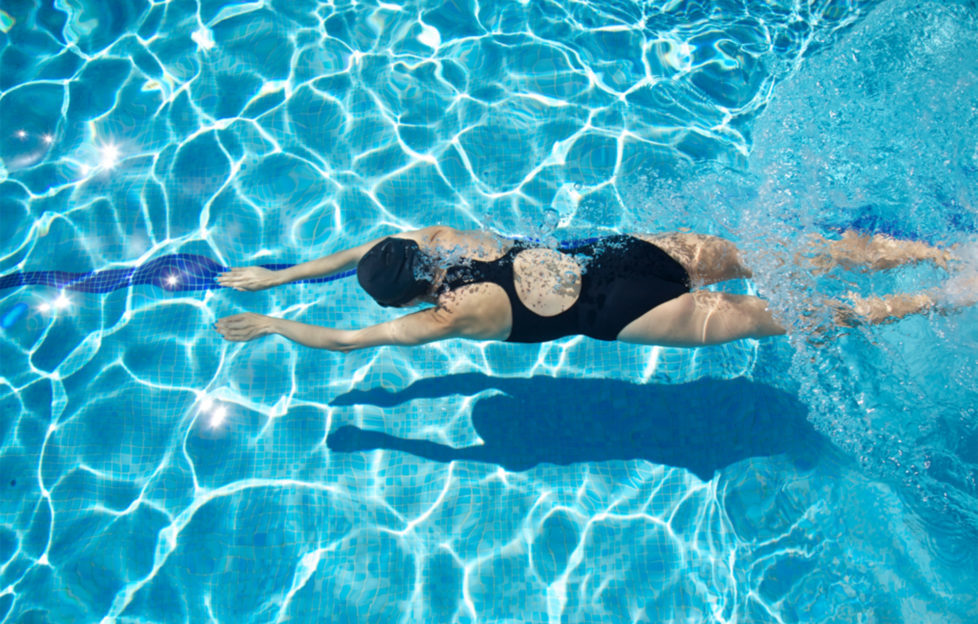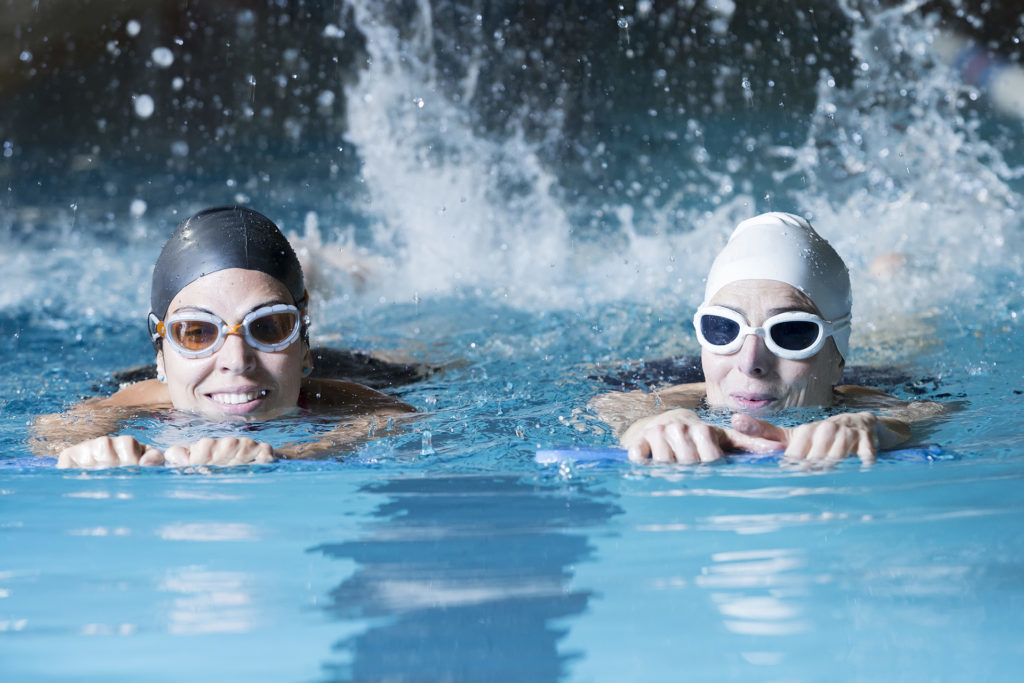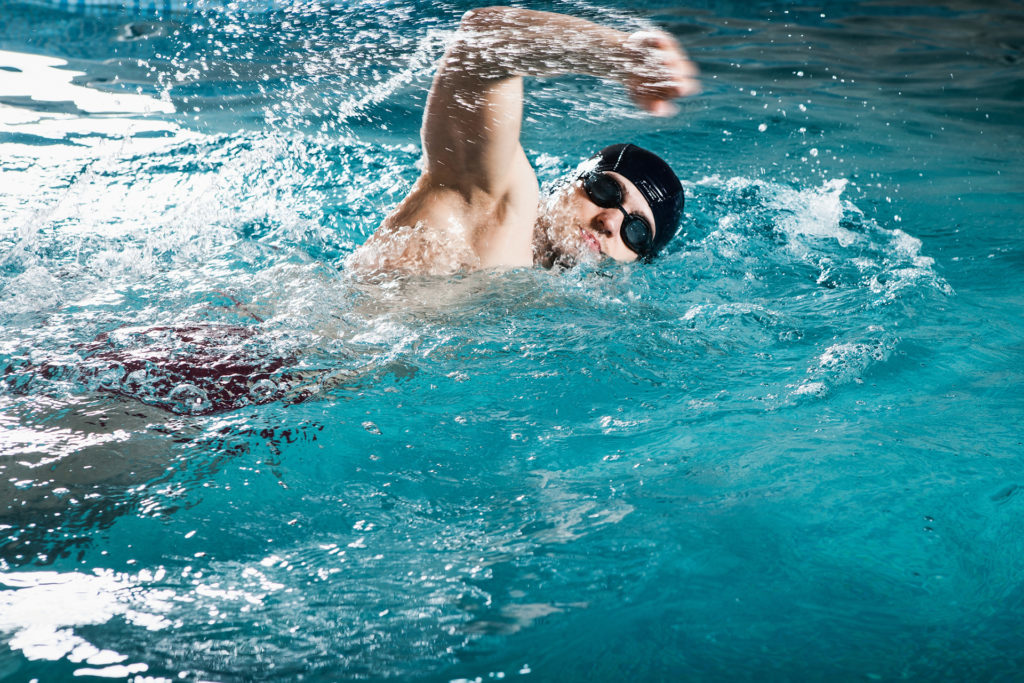Let Swimming Help Ease Your Back Pain

Main image courtesy of https://totalshape.com
By Nathanael Bogedain DC M.Sc, Doctor of Chiropractic Care at ProBack
With summer holidays in full swing and families jetting off to Europe and beyond, it’s not just mosquitoes and sunburn causing concern to travellers. Back pain, which affects 540 million around the world at any one time, can cause misery to sufferers at the best of time, let alone when you’re off on holiday. The good news is, there is one relatively simple (and affordable!) activity that everyone can do to ease flare ups of sciatica and joint pain and that’s a good old-fashioned swim!
But why does plunging into the water provide an instant sense of relief, and why is it recommended for back pain patients?
How it works
It simply comes down to the fact that movement is good for back pain and that water, thanks to its buoyancy and weightlessness, allows you to perform light resistance and cardiovascular training with very little impact on the spine.
While you’re pulling your body through the cool water, a wide range of muscles, including your core, back and legs, are strengthened. Aside from building beautiful long lean muscles, the resistance training increases spine stability which helps to manage back pain.
Swimming is also a great cardiovascular workout! In addition to the usual benefits of cardio-training, a good workout will enable your body to send more oxygen to sore back muscles, providing temporary relief.
Finally, thanks to the lightness your body experiences in water, you move more slowly and in different ways – and you’re more likely to twist into positions that will loosen up the joints and muscles which contribute to back pain, when you’re swimming.
It is important to note, however, that moving the body in unfamiliar ways can also hurt it and for this reason it’s imperative that swimmers follow proper form!
Tips for swimming with back pain
Here are my top tips, to getting the most out of your swimming routine when it comes to relieving and preventing back pain:
1 Take it slow. Whether you’re swimming a front or back stroke, or simply using a kicking board, it’s imperative that you swim slowly and take care not to overdo it. Find a safe resistance point that feels comfortable and if you feel any pain, stop and consult a professional.
2 Keep a flat back. When swimming front strokes, especially freestyle, the lower back naturally overextends while the neck is twisting and contorting. To counter injuries, ensure your back is parallel to the floor, and if necessary use a float board to help with this. For some people, simply wearing goggles helps them gain better control of the head and neck, leading to a smoother turning of the head to breath.
3 Avoid harsh movements. Yes, that means staying away from butterfly stroke! The sharp harsh movements will be counterproductive to the healing process. Stick to the strokes which lend themselves to movements which are easier to control.
4 Work your shoulders. Breaststroke involves extending your arms to the side and then pulling them back in towards your body, and this movement together with the resistance provided by the water will help you build stronger shoulder muscles, which contribute towards a healthy back.
5 Swim on your back. Backstroke is an excellent stroke for people with back pain, mainly because the back remains flat as opposed to arching, and it’s naturally a slower stroke which will help you gain better control of the movements your body is making.
6 Shake it up. Find a stroke that feels comfortable and change up your movement now and then. Too much of the same movement could have a negative effect – for example, only swimming backstroke could lead to spinal disc pain. Aim to alternate your strokes and listen to your body! To this point, introduce some light walking to your routine too – variety is good.
7 Get a coach. If you’re unsure whether your stroke techniques are helping your back, I’d recommend hiring a coach to help monitor your style and form good habits.
So, if you’re a back-pain sufferer, head to your local swimming spot, and take the plunge! Swimming is a brilliant way to ease and prevent back pain – just be mindful of your stroke techniques and remember to take it slowly, to ensure you get the most out of your exercise routine without injury.






